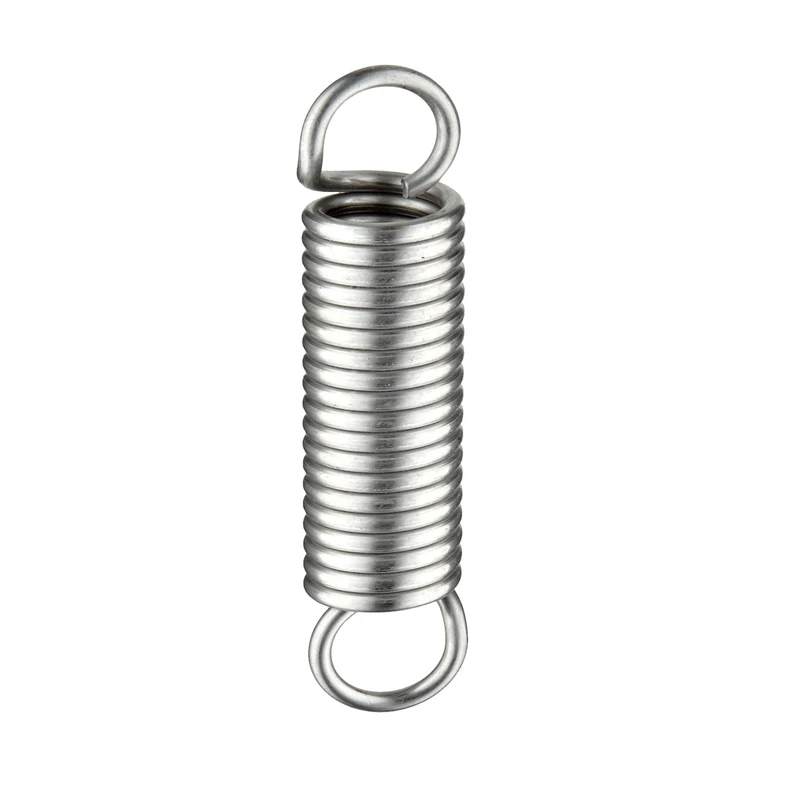
- Mobile Phone
- +8613931874955
- sales@cntcmetal.com
round wire compression springs
Understanding Round Wire Compression Springs
Round wire compression springs are among the most common types of springs used in various applications across industries. These cylindrical coils are designed to provide resistance to compressive forces, allowing them to store energy and return to their original shape after being compressed. Their unique properties make them indispensable in engineering, manufacturing, and everyday products.
Manufactured from a variety of materials, including stainless steel, carbon steel, and alloy steel, round wire compression springs can be tailored to meet specific requirements. The choice of material greatly influences the spring's performance, such as its load-bearing capacity, corrosion resistance, and temperature tolerance. For instance, stainless steel springs are often preferred in environments where corrosion is a concern, while carbon steel springs are generally used for cost-effective applications requiring moderate strength.
The design of round wire compression springs is dictated by several factors, including the wire diameter, number of active coils, and overall dimensions. Each of these elements plays a crucial role in determining the spring's stiffness and load capacity. The spring’s rate, calculated as the amount of force needed to compress it a certain distance, can be adjusted by modifying these parameters. A higher spring rate indicates a stiffer spring, suitable for applications requiring significant load support.
round wire compression springs

These springs find utility in a wide range of applications, from industrial machinery to consumer products. For example, they are commonly used in automotive suspension systems, which require springs to absorb shocks and maintain vehicle stability. In household items like pens and mattresses, compression springs provide essential functionality and comfort.
Performance testing is critical in ensuring the reliability and durability of round wire compression springs. Industries often conduct various tests, including load testing and fatigue testing, to ascertain the spring’s capacity to withstand repeated stress. Ensuring that the springs meet industry standards and regulations is also paramount, particularly in safety-critical applications.
Moreover, advancements in technology have led to innovative manufacturing techniques, which improve the efficiency and precision of compression springs. Techniques such as computer numerical control (CNC) allow for the precise production of springs, ensuring they meet tight tolerances and specifications.
In conclusion, round wire compression springs are vital components in numerous applications due to their versatility, efficiency, and adaptability. Understanding their design, materials, and testing procedures enhances our ability to select the right spring for any given task, ensuring optimal performance and longevity in use. As technology continues to evolve, so too will the design and application of these essential springs.
share:
-
Why Sacrificial Formwork Is Redefining Underground ConstructionNewsJun.06,2025
-
The Structural Dynamics of Modern Concrete: How Snake Spacers Revolutionize Flexible ReinforcementNewsJun.06,2025
-
Snake Spacers Smart-Lock Concrete Reinforcement with Surgical PrecisionNewsJun.06,2025
-
Snake Spacers: Reinforcement Precision for Modern Concrete ProjectsNewsJun.06,2025
-
Snake Spacers Powering Concrete's Structural DNANewsJun.06,2025
-
Slither into Success: Snake Spacers' Precision Bite for Unbreakable ReinforcementNewsJun.06,2025
-
Sacrificial Formwork: Building Stronger, Faster, and Safer StructuresNewsJun.06,2025



















